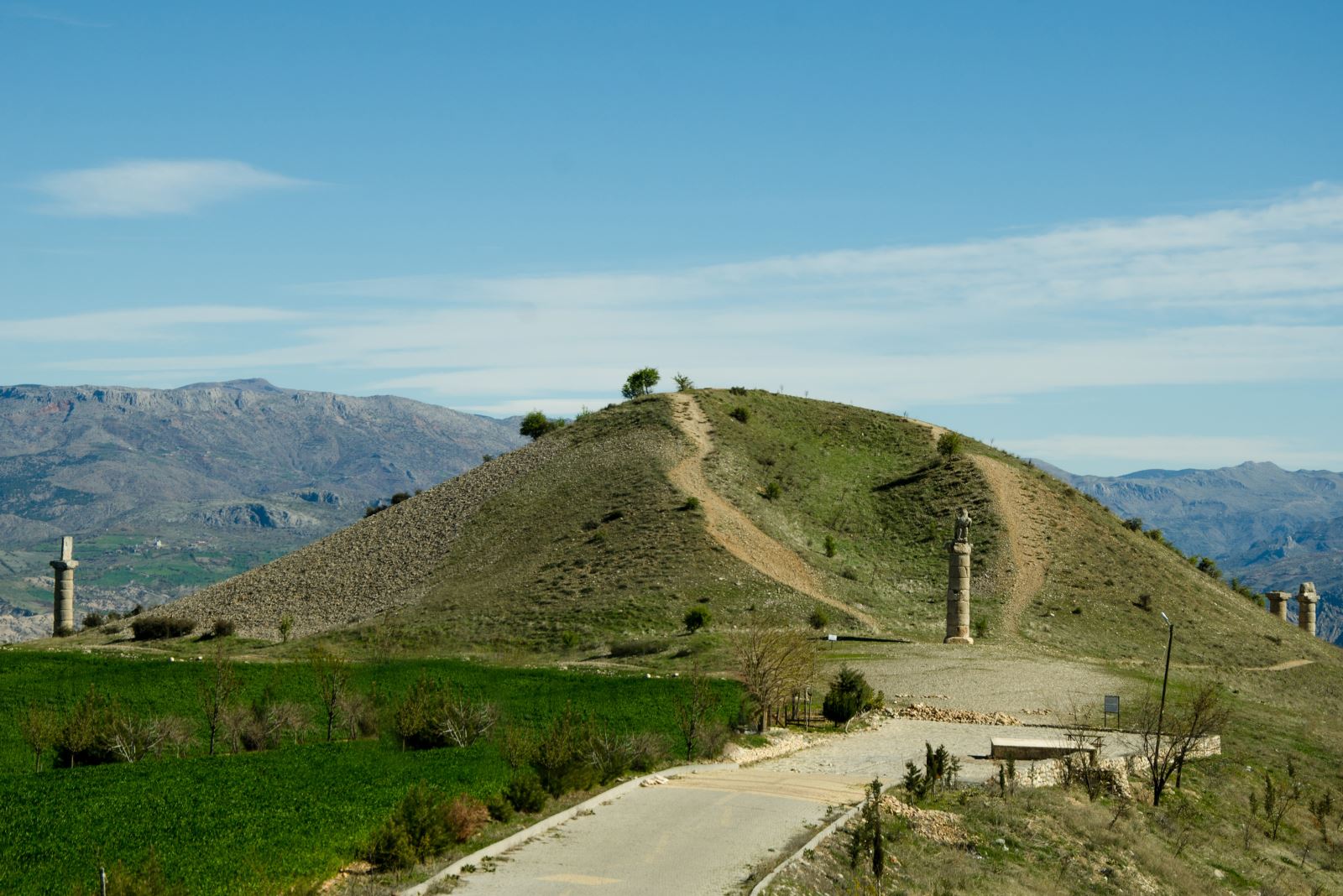
Queen’s Tombs of the Kommagene Kingdom to Be Unveiled at Karakuş Tumulus in Adıyaman
The Ministry of Culture and Tourism has announced plans to excavate the queen’s tombs at the Karakuş Tumulus, located in Adıyaman, Türkiye. These tombs are believed to belong to Isas, the wife of King Antiochos I, their daughter Antiokhis, and granddaughter Aka of the ancient Kommagene Kingdom.
Following detailed georadar and geophysical surveys that identified the precise locations of the tombs, the excavation project is set to begin after the completion of two preliminary phases. The archaeological endeavor is expected to shed new light on the prominent female figures of the Kommagene Kingdom and significantly enhance cultural tourism in the region.
Mehmet Yelken, the Director of Adıyaman’s Provincial Directorate of Culture and Tourism, emphasized the importance of the project: “Our work is progressing with scientific rigor. This excavation will provide valuable insights into the Kommagene Kingdom’s royal women and their historical legacy.”
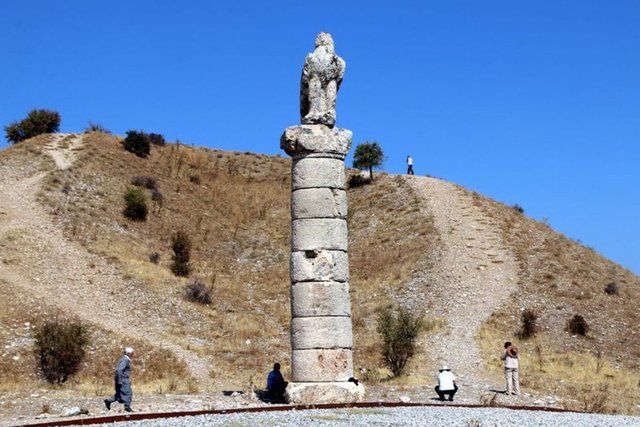
In addition to the Karakuş Tumulus, ongoing efforts are also focused on other key archaeological sites in Adıyaman. Notably, Perre Ancient City is preparing to introduce night museum visits with special lighting systems, allowing visitors to explore the site during cooler evening hours—especially welcome given the region’s daytime temperatures, which can reach up to 42 degrees Celsius.
📣 Our WhatsApp channel is now LIVE! Stay up-to-date with the latest news and updates, just click here to follow us on WhatsApp and never miss a thing!!
Yelken also highlighted other notable historical landmarks along the ancient route descending from Mount Nemrut, such as Arsemia and the Cendere Bridge. Arsemia once served as the summer capital of the Kommagene Kingdom, home to the famous relief depicting King Antiochos shaking hands with the god Heracles, as well as a 146-line inscription that offers invaluable insights into Hellenistic history. Plans are underway to develop eco-friendly camping and caravan areas near the Cendere Bridge to boost sustainable tourism.
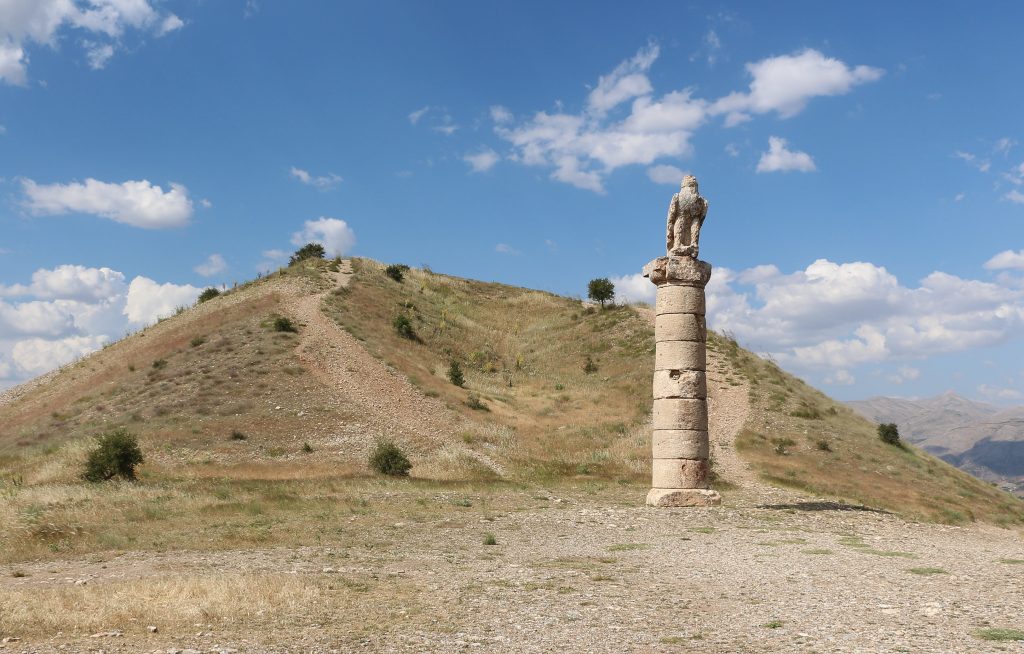
Furthermore, scientific excavations continue at Perre Ancient City, which houses thousands of rock-cut tombs and stands as one of the world’s rare necropolises. Efforts to expropriate land in the area are ongoing to facilitate safer and more accessible visitor experiences. “After a long hiatus, we have resumed scientific digs here and constructed a dedicated excavation house,” Yelken noted.
Adıyaman is rapidly establishing itself as an open-air museum, preserving and promoting the rich cultural heritage of the Kommagene Kingdom. The upcoming excavation of the queen’s tombs at Karakuş Tumulus promises to uncover new historical knowledge while boosting the region’s appeal as a significant cultural tourism destination in Türkiye.
You may also like
- A 1700-year-old statue of Pan unearthed during the excavations at Polyeuktos in İstanbul
- The granary was found in the ancient city of Sebaste, founded by the first Roman emperor Augustus
- Donalar Kale Kapı Rock Tomb or Donalar Rock Tomb
- Theater emerges as works continue in ancient city of Perinthos
- Urartian King Argishti’s bronze shield revealed the name of an unknown country
- The religious center of Lycia, the ancient city of Letoon
- Who were the Luwians?
- A new study brings a fresh perspective on the Anatolian origin of the Indo-European languages
- Perhaps the oldest thermal treatment center in the world, which has been in continuous use for 2000 years -Basilica Therma Roman Bath or King’s Daughter-
- The largest synagogue of the ancient world, located in the ancient city of Sardis, is being restored

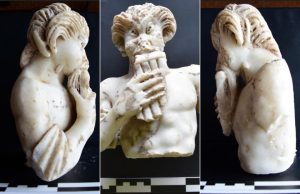
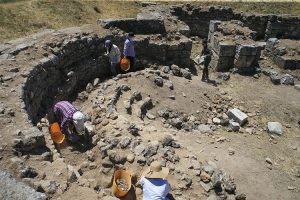
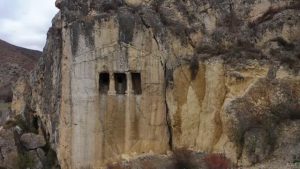
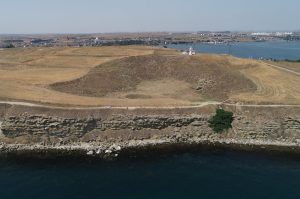
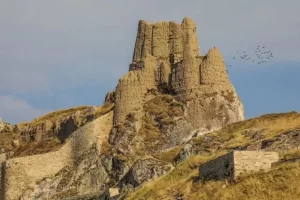
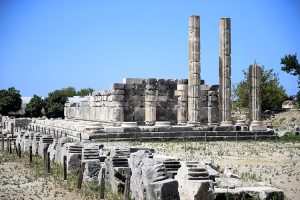


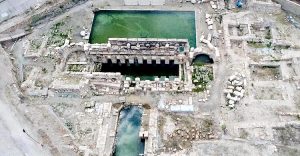
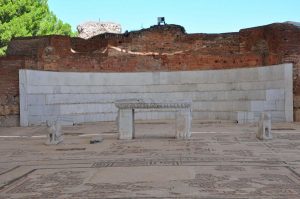
Leave a Reply